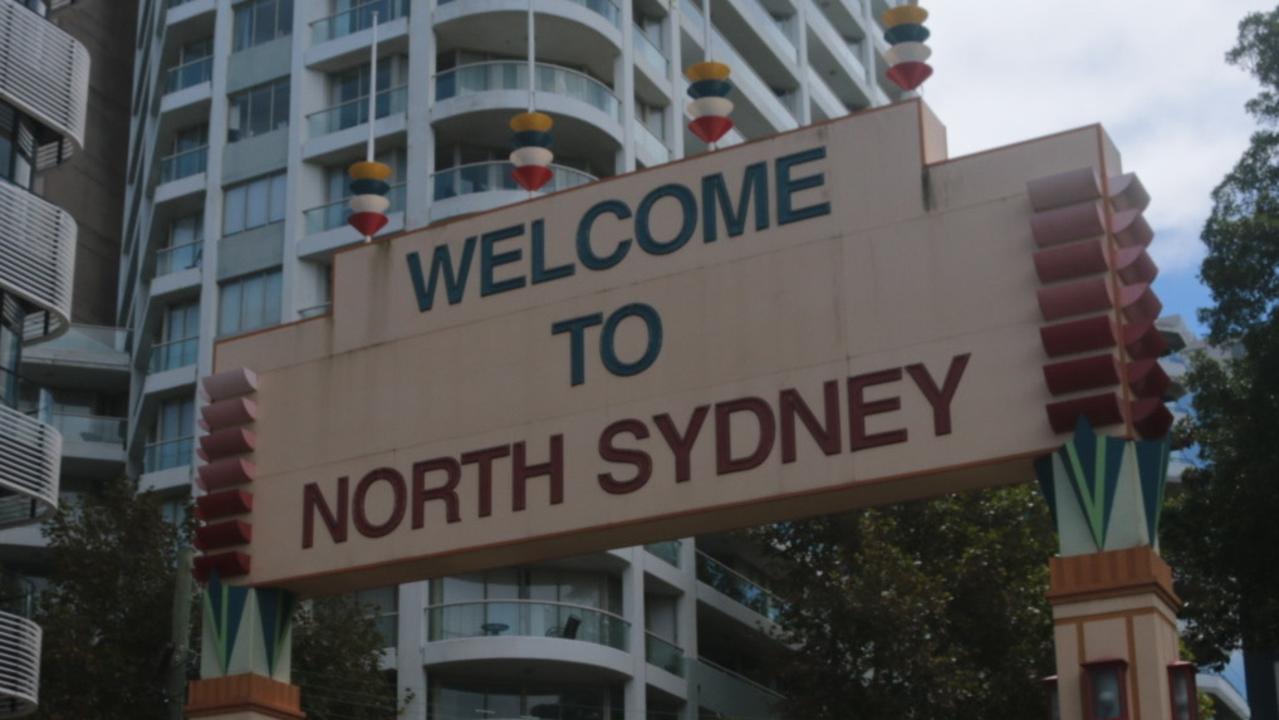What went wrong for the once loved bargain store chain The Reject Shop
The Reject Shop’s CEO has quit after the troubled retailer announced store closures and flagged a loss of up to $2m. But how did it get here?

The Reject Shop has struggled for relevance as the distinction between its business and other bargain-filled chains has become increasingly blurred.
Retail experts say the embattled chain once occupied a unique place in Australian hearts, offering a range of playful and useful items for less than $5.
But it has been pushed out by competitors traditionally belonging at a higher price point in the market.
Consumers can now get their hands on a range of quality household items at Target or Kmart for spare change. Bunnings has encroached into its space with cheaper tools, while the major supermarkets’ increasing focus on own-brand goods means shoppers don’t need to stock up on The Reject Shop’s cheap lollies and decorations for the kid’s upcoming birthday party.
This led to the company plunging further into oblivion on Thursday after chief executive Ross Sudano quit amid another downgrade of its profit forecast.
The publicly listed retailer cut its annual profit expectation by up to $2 million and announced seven stores would close by June.
This was just the latest round of poor results following a slashing of its profit forecast in October by nearly $8 million.

The Reject Shop said merchandising and operational changes it had implemented in the hope of a turnaround had fallen short, and it now expected a loss of $1 million to $2 million.
“The reduced earnings guidance reflects a tough trading environment in the retail sector which has continued to be impacted by low consumer confidence, flat wages, increases in the cost of living and a rapidly falling housing sector,” the company said in a statement.
University of Melbourne business trends expert Dr Lauren Rosewarne said Kmart’s rebranding in recent years means customers can now buy low-priced goods “in an environment less ramshackle and a little more Zen than the Reject Shop offers”.
The Aussie bargain market also has a new and ever-expanding German kid on the block who has disrupted the industry in style, Aldi.
The Reject Shop must cut its losses and abandon empty and ageing shopping centres if the embattled retailer has any chance of survival, industry experts warn.
Of the remaining 357 stores in its network, analysts insist the best chance of survival is away from metropolitan shopping centres where foot traffic is falling.
The new boss should instead consider filling the gaps in regional and rural town centres that could be deserted by Big W and Target in the coming years, Queensland University of Technology associate professor Gary Mortimer said.
He told news.com.au there was no space in the modern retail climate for the company without a drastic change of strategy.
“I don’t think there’s a clear value proposition for The Reject Shop when you look at Kmart and other cheap and cheerful divisions,” Dr Mortimer said.
“A move might be for The Reject Shop to potentially right-size their fleet, close those loss-making stores and position those particular businesses in regional centres where Target or Big W stores are closing.
“It’s not viable to be in a shopping centre competing against the likes of Aldi and Kmart.”
DGC Advisory retail analyst Geoff Dart agreed The Reject Shop had struggled to cope with the threat of online competition as well as the increasingly blurred distinction between it and the discount department stores.
“They have to reinvent themselves,” Mr Dart said.
“Clearly, just being cheap general merchandise is not going to work. They have to hang their hat on something, and I’m struggling to think what that is.
“It comes back to retailers understanding why people go there and why they don’t go there.
“And that’s the problem at the moment. They haven’t understood why people don’t go there anymore.”
He also echoed Dr Mortimer’s insistence The Reject Shop shift its physical store footprint away from areas of high cost and low foot traffic.
“The first thing they have to do is get out of shopping centres,” Mr Dart told news.com.au. “The rent would be killing them.”
Continue the conversation on Twitter @James_P_Hall or james.hall1@news.com.au




